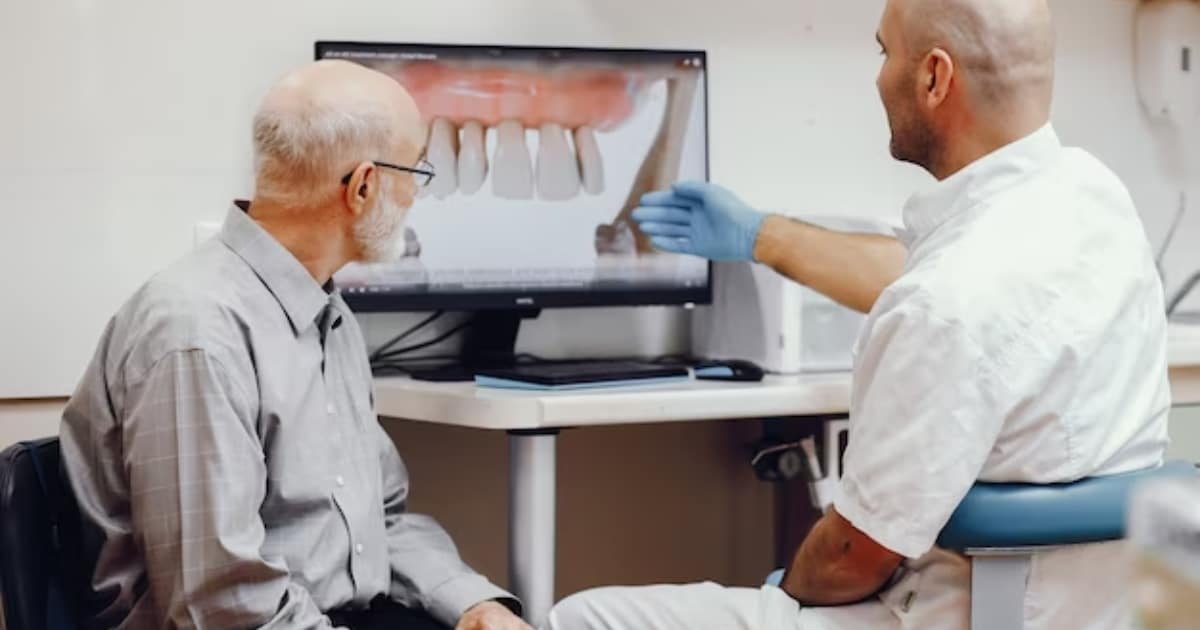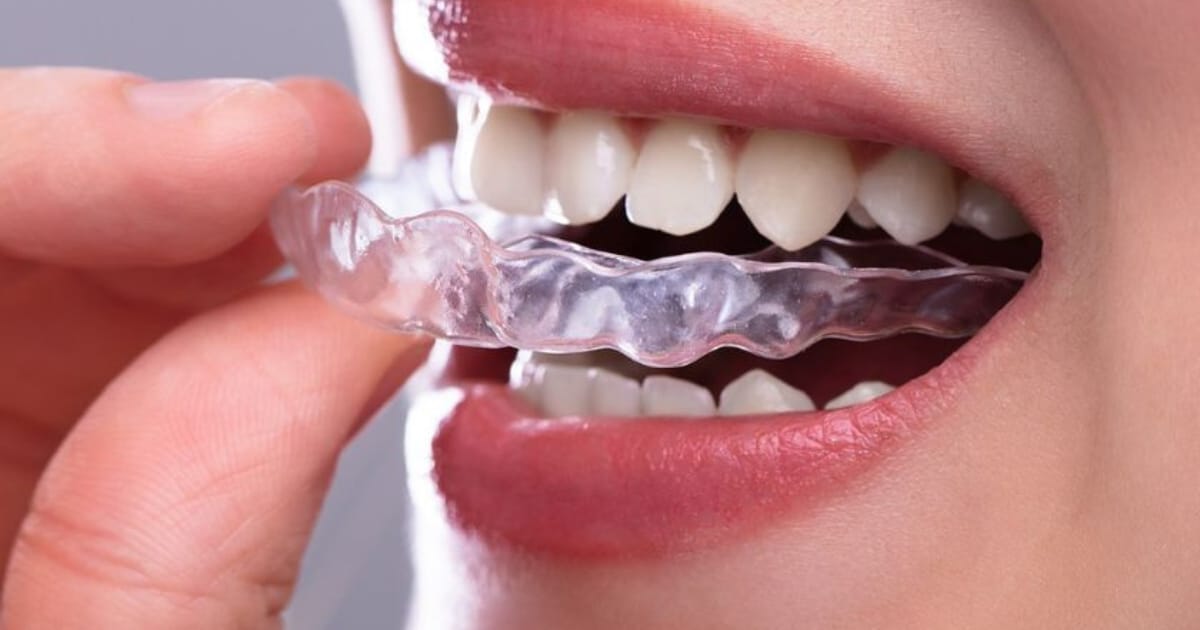In modern dentistry, dental implants are hailed as a revolutionary solution to restore smiles and dental functionality. While these implants have significantly improved the lives of countless individuals, concerns and questions often arise, one of them being whether there’s a link between dental implants and cancer. Are these concerns valid, or are they just myths? In this blog, we’ll dive into the depths of this topic to explore the realities and dispel the myths. If you’re considering dental implants in Oak Park or are simply curious about the connection between dental implants and cancer, read on to gain a deeper understanding.
The Science Behind Dental Implants
Before delving into the cancer connection, it’s essential to understand what dental implants are and how they work. Dental implants are artificial tooth roots surgically placed into the jawbone to support replacement teeth, such as crowns, bridges, or dentures. These implants are made of biocompatible materials like titanium, which fuse with the jawbone through osseointegration.
Osseointegration is a crucial aspect of dental implants’ success. It ensures the implant is firmly anchored in the jawbone, providing stability and functionality similar to natural teeth. This fusion process, however, has raised concerns among some about its potential link to cancer.
The Myth: Dental Implants and Cancer
Rumors and misconceptions about dental implants causing cancer have circulated in recent years. These fears often stem from misunderstandings of the osseointegration process. Some people worry that the integration of titanium implants into the jawbone might stimulate abnormal cell growth, leading to cancer development.
However, it’s essential to address these concerns with scientific facts. There is no substantial evidence to support the claim that dental implants cause cancer. “Dental implants use biocompatible materials, such as titanium, and researchers have extensively tested their safety. Thousands of successful dental implant procedures have proven no link to cancer.”
Moreover, experienced restorative dentists in Oak Park meticulously plan and execute dental implant procedures, ensuring the highest standards of safety and hygiene. Patients can trust that these dentists place their dental implants with precision and care.
The Reality: Dental Implants and Health
Rather than posing a cancer risk, dental implants can contribute positively to your overall health. Missing teeth can lead to various oral health issues, such as gum disease, bone loss, and problems with eating and speaking. Dental implants help prevent these problems, improving oral health and overall quality of life. Dental implants also provide an aesthetic benefit by restoring your smile and confidence. When performed by a skilled restorative dentist in Oak Park, the result is a natural-looking, functional set of teeth.
Choosing a Restorative Dentist in Oak Park
Selecting the right restorative dentist in Oak Park is crucial when considering dental implants. These professionals play a significant role in ensuring the safety and success of your implant procedure. They have the knowledge, experience, and access to state-of-the-art technology to perform the procedure with precision and care.
Restorative dentists in Oak Park will conduct a thorough examination of your oral health, taking into account factors like bone density, overall health, and your specific needs. This assessment ensures that dental implants are a suitable option for you. Additionally, they will provide comprehensive post-operative care and follow-up to monitor the healing process.
In dental health, myths and misinformation can cause unnecessary concerns. The idea of dental implants causing cancer is one such misconception that deserves to be debunked. The reality is that dental implants, when performed by restorative dentists, pose no cancer risk. Instead, dental implants offer numerous benefits for your oral health and overall well-being. If you’re considering dental implants to restore your smile, consult a trusted restorative dentist in Oak Park. They will guide you through the process, ensuring your peace of mind and the best possible outcome. So, let go of the myths and embrace the reality: dental implants are a safe and effective solution for a healthier, happier smile. So, don’t let unfounded fears hold you back from the dental implant procedure you need. Contact a qualified restorative dentist to explore your options and take the first step towards a brighter, healthier smile. Your oral health and quality of life will thank you.




